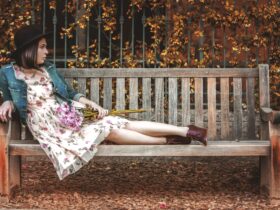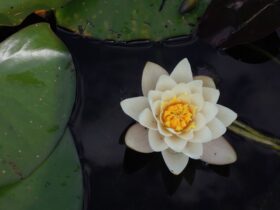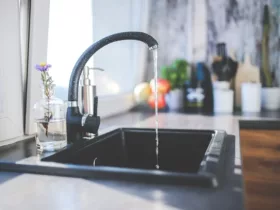Lighting is a major factor in how productive you are, how well you sleep, and your overall quality of life.Natural light is best; however if you only have access to artificial lighting there are some things that you can do to improve your situation. Some of today’s modern LED bulbs provide better light quality than older traditional incandescent bulbs. By choosing a color temperature that mimics natural daylight, you will be able to reduce eye strain during long work sessions by providing a more realistic light source for your eyes.
If you work at night, it’s important to have adequate lighting to avoid eye strain and fatigue. Bright lighting will help you stay focused and energized so that you can finish your projects faster and enjoy a good night’s sleep. On the other hand, dim lights promote relaxation, which is helpful for unwinding after a long day or for giving yourself some time for ‘me time’ in the evenings.
Lighting is also beneficial to your health if used properly. This is especially true if you suffer from Seasonal Affective Disorder (SAD), which affects millions of people every year during the winter months when the sun goes down early and comes up late. Studies show that bright lights can reduce symptoms of SAD by mimicking natural sunlight and helping people feel happier and more energetic throughout their day.
Good lighting influences mental health, mood and stress levels:
- Improve your nutrition – There is a direct correlation between light exposure and energy level and concentration. Bright lights stimulate the brain’s pineal gland to release melatonin which helps regulate our daily rhythms of wakefulness and sleep. Melatonin promotes feelings of well-being, relaxation, peacefulness, reduces anxiety and increases feelings of security.
- Lighting for improved sleep – Studies show that insufficient illumination in the work environment can lead to depression which can lead to sleepless nights. If you are suffering from chronic insomnia or just having trouble falling asleep there are ways to improve your sleep patterns by using color therapy to create a relaxing environment. The key is to use warm lighting in the evening hours before bed with cooler tones during the day when you need to be alert and focused. Red is the best color for promoting healthy rest since it creates a sense of warmth while promoting relaxation.


























Leave a Reply